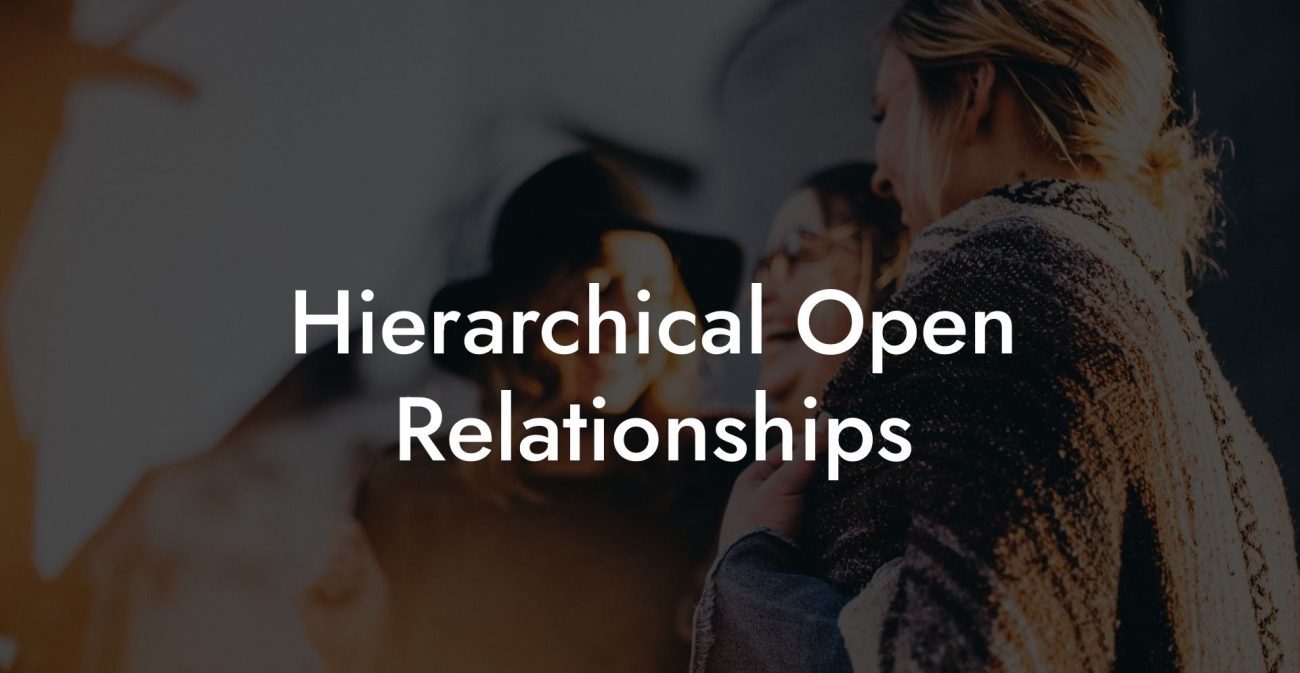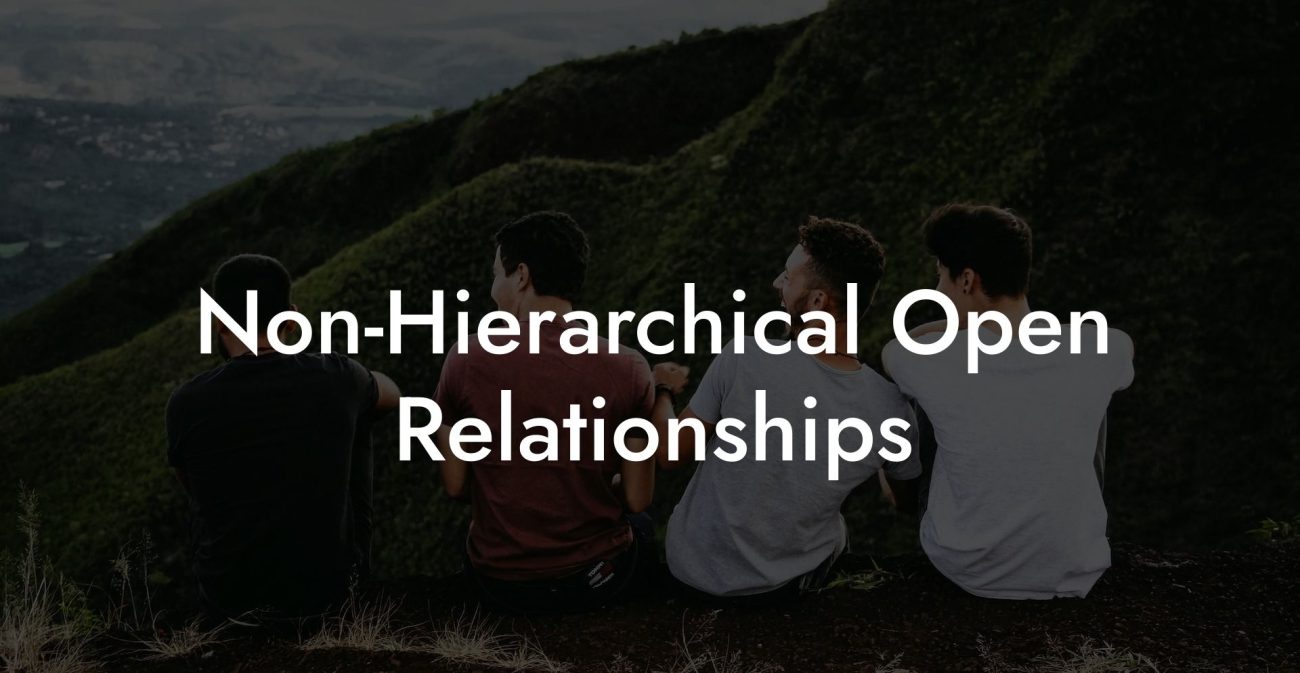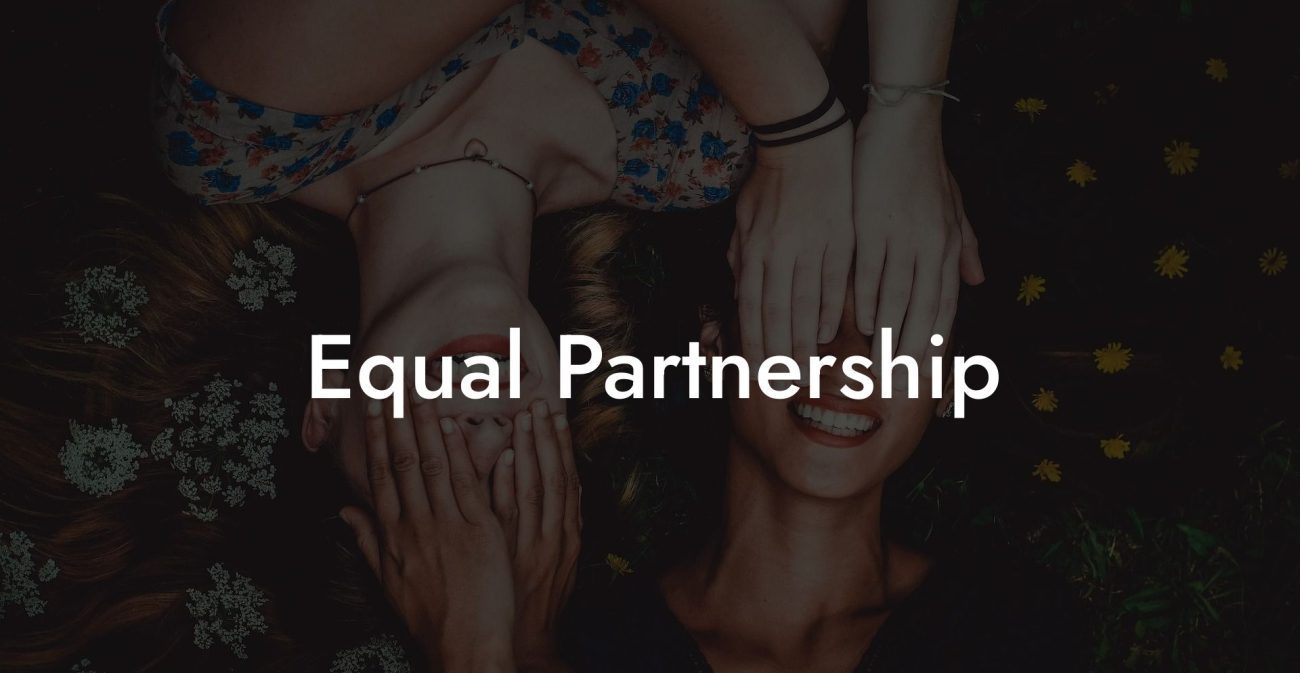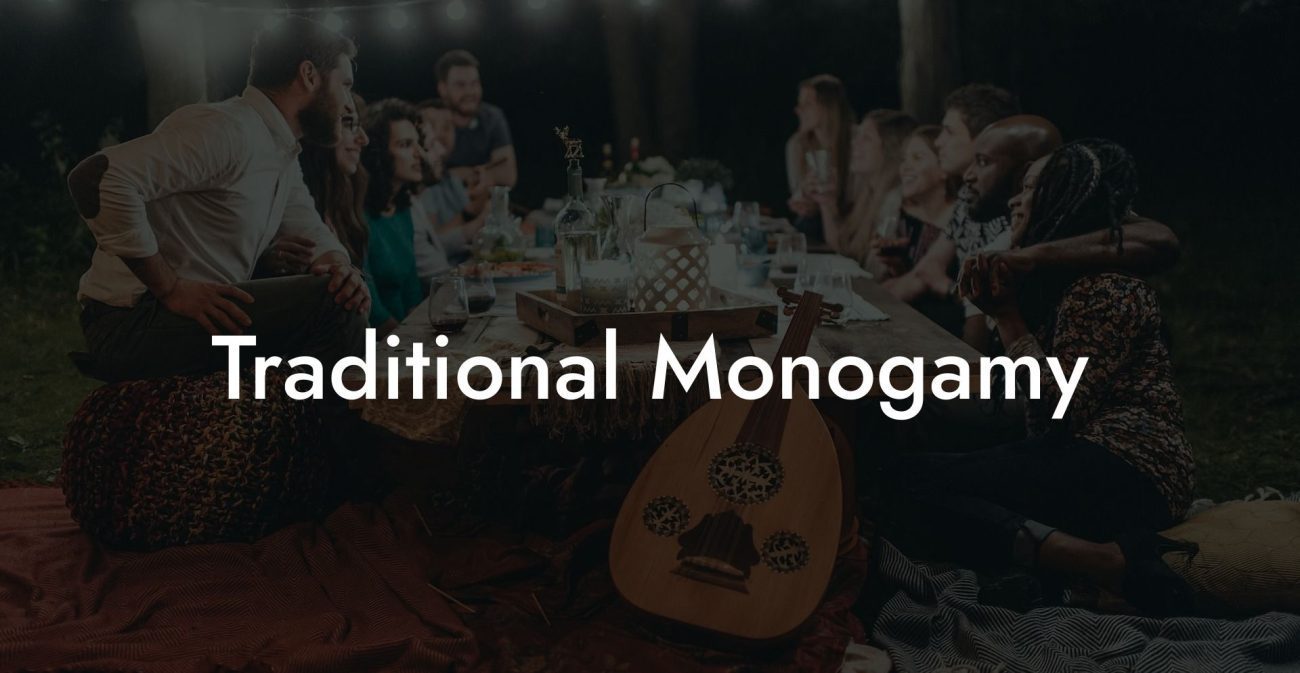Guide to What Is The Difference Between Monogamous And Polygamous?
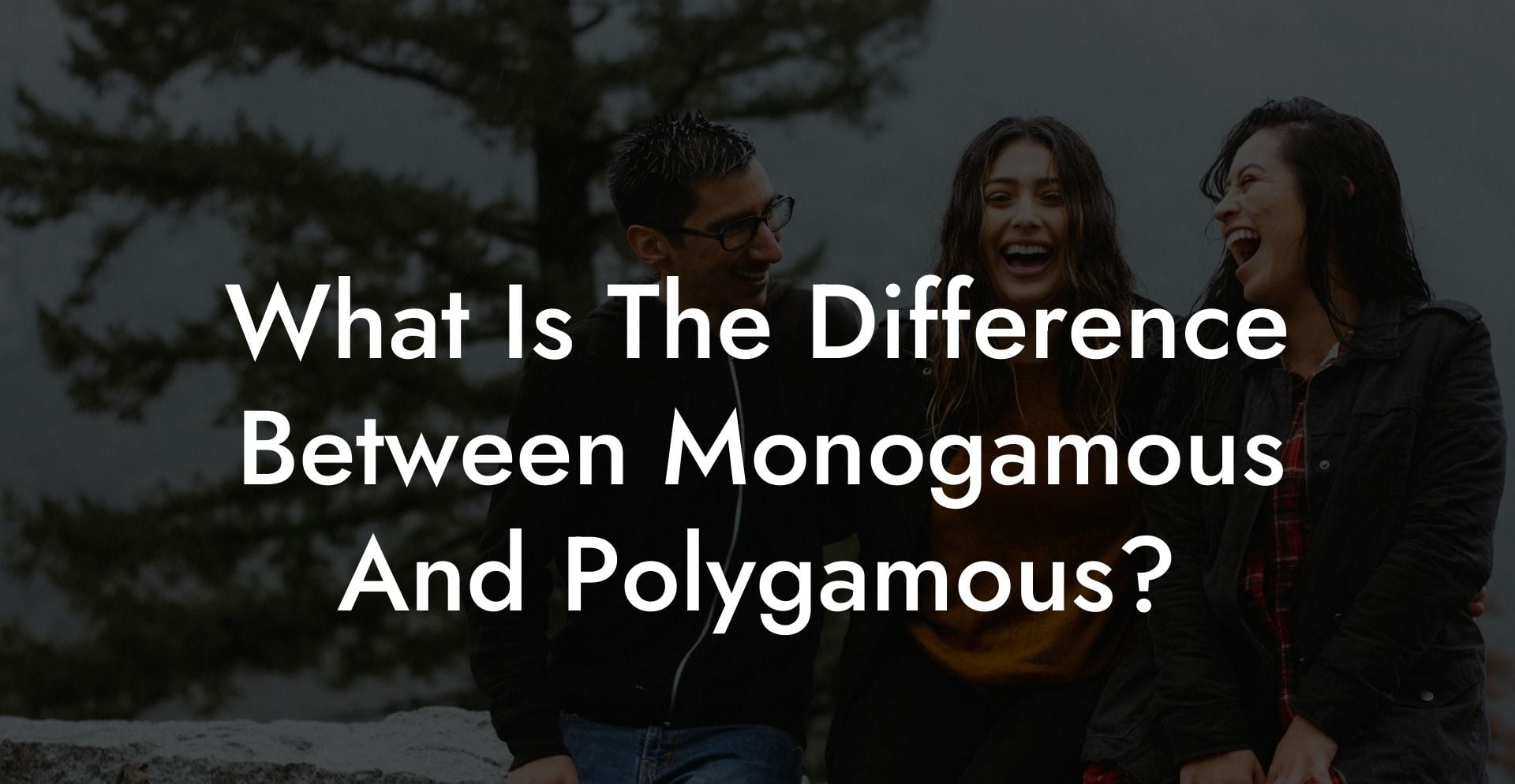
In this guide, we will define and compare monogamy and polygamy, delve into their historical roots, discuss their cultural, ethical, and legal implications, and examine the psychological aspects and practical considerations of each. Whether you are a student, researcher, or simply curious about monogamy & alternative relationship models, this resource provides clear explanations and practical insights to help you understand how these two relationship structures differ.
Quick Links to Useful Sections
- Defining Monogamy and Polygamy
- What Is Monogamy?
- What Is Polygamy?
- Cultural and Historical Context
- Historical Roots of Monogamy
- Historical Roots of Polygamy
- Cultural Perceptions Today
- Ethical and Legal Considerations
- Ethical Implications
- Legal Status
- Psychological and Emotional Dimensions
- Impact on Relationship Dynamics
- Emotional Intelligence and Self-Awareness
- Social and Community Impact
- Benefits and Challenges of Monogamous and Polygamous Relationships
- Benefits of Monogamy
- Challenges of Monogamy
- Benefits of Polygamy
- Challenges of Polygamy
- FAQ: Your What Is the Difference Between Monogamous and Polygamous Questions Answered
As societal norms continue to evolve, understanding the distinctions between monogamy and polygamy is essential for engaging in informed discussions about love, commitment, and family structures. By the end of this guide, you will have a deeper appreciation of the unique characteristics, benefits, and challenges associated with each model.
Defining Monogamy and Polygamy
What Is Monogamy?
Monogamy is the practice of forming an exclusive romantic and/or sexual relationship with one partner at a time. In a monogamous relationship, both partners commit to each other exclusively, often with the understanding that intimacy, emotional connection, and legal marriage (in many cultures) are shared solely between the two of them. Monogamy is widely considered the traditional model of relationships in many parts of the world, and it is typically characterized by long-term commitment, exclusivity, and a shared vision of partnership.
Key elements of monogamy include:
- Exclusivity: A mutual agreement to engage in intimate, romantic, or sexual activities only with each other.
- Long-Term Commitment: A focus on building a life together, which often involves shared finances, cohabitation, and possibly marriage.
- Cultural and Legal Norms: Monogamy is the predominant legal and cultural model in many societies, influencing everything from social expectations to family law.
What Is Polygamy?
Polygamy is the practice of having more than one spouse simultaneously. This model is most commonly observed in two forms:
- Polygyny: A form of polygamy in which one man is married to multiple women.
- Polyandry: A less common form in which one woman is married to multiple men.
Polygamy is deeply rooted in various cultural, religious, and historical contexts. In many societies, plural marriage has been practiced as a means of strengthening family ties, enhancing social status, and managing economic resources. While polygamy is illegal or not recognized in many Western legal systems, it remains an accepted practice in certain cultural and religious communities.
Cultural and Historical Context
Historical Roots of Monogamy
Monogamy has been the dominant relationship model in many Western societies for centuries. Influenced by religious teachings, social norms, and legal frameworks, monogamous relationships became the standard for building families, inheriting property, and maintaining social order. The emphasis on an exclusive bond between two people is a hallmark of many traditional cultures, and it is often linked to concepts of fidelity, trust, and long-term stability.
Historical Roots of Polygamy
Polygamy has a long and varied history in many parts of the world. In ancient societies across Africa, Asia, and the Middle East, plural marriages were common and often served practical purposes, such as strengthening family alliances, increasing workforce for agrarian activities, and consolidating wealth. Religious texts and cultural traditions sometimes provided the framework for these practices. Despite the modern legal prohibitions in many regions, the historical legacy of polygamy continues to influence contemporary debates on family structure and relationship diversity.
Cultural Perceptions Today
Today, monogamy is widely seen as the conventional standard in many societies, supported by legal institutions and cultural narratives. Polygamy, however, is often viewed through a more complex lens. While it is stigmatized in many parts of the world, some communities continue to practice it as a part of their cultural or religious heritage. Additionally, the rise of alternative relationship models like polyamory has sparked renewed interest in plural relationships, prompting a reexamination of what constitutes ethical and fulfilling partnerships.
Ethical and Legal Considerations
Ethical Implications
In monogamous relationships, ethical considerations typically revolve around fidelity, honesty, and mutual respect. When it comes to polygamous relationships, ethical considerations become more complex. Ethical polygamy emphasizes the importance of informed consent, equality, and transparency among all partners. Each individual must willingly agree to the relationship dynamics, and power imbalances should be actively addressed.
The ethical debate often centers on whether plural relationships can be structured in a way that respects each partner’s autonomy and emotional well-being, challenging historical practices that may have been exploitative.
Legal Status
Legally, monogamous marriages are recognized in nearly all countries, with a well-established framework governing rights, responsibilities, and protections for spouses and families. In contrast, polygamous marriages are illegal in most Western legal systems. Where polygamy is practiced, it is often under customary or religious law rather than through state-sanctioned marriage.
The legal implications of polygamy include issues such as inheritance rights, spousal benefits, and custody arrangements, which are typically designed around monogamous relationships. This legal disparity creates challenges for individuals in plural marriages, prompting ongoing debates about family law reform.
Psychological and Emotional Dimensions
Impact on Relationship Dynamics
In monogamous relationships, emotional and sexual intimacy is concentrated between two partners, which can lead to a deep, focused connection. In contrast, polygamous relationships involve balancing multiple relationships simultaneously, which can be both enriching and challenging. The ability to navigate different emotional needs, manage jealousy, and maintain effective communication is crucial in both types of relationships.
Emotional Intelligence and Self-Awareness
Successful management of either monogamous or polygamous relationships requires high levels of emotional intelligence. For monogamous couples, this means nurturing a strong, exclusive bond. For those in polygamous relationships, it involves understanding and addressing the emotional needs of multiple partners, as well as managing complex feelings like jealousy or insecurity.
Social and Community Impact
The societal acceptance of monogamy is reinforced by legal institutions and cultural norms, which can provide a sense of stability and social support. Polygamous families, on the other hand, may face external judgment and stigma, making it important for individuals in plural relationships to build supportive communities and seek out networks of like-minded individuals.
Benefits and Challenges of Monogamous and Polygamous Relationships
Benefits of Monogamy
- Simplicity and Clarity: With only two people involved, roles, responsibilities, and expectations tend to be more straightforward.
- Legal Recognition: Monogamous marriages are legally recognized and supported by established frameworks.
- Focused Emotional Bond: Exclusivity often fosters a deep, concentrated emotional and sexual connection.
Challenges of Monogamy
- Limited Emotional Diversity: Some individuals may feel that an exclusive relationship does not fully meet all their emotional needs.
- Potential for Complacency: Over time, couples may experience stagnation or a decline in sexual and emotional intimacy.
Benefits of Polygamy
- Diverse Support System: Multiple partners can provide varied forms of emotional, practical, and financial support.
- Increased Flexibility: The structure can allow for a more dynamic distribution of roles and responsibilities, which can adapt to changing needs.
- Cultural and Religious Fulfillment: In some communities, polygamy is an important cultural or religious tradition that reinforces group identity and support.
Challenges of Polygamy
- Legal and Financial Complexities: Lack of legal recognition in many regions can lead to issues with inheritance, custody, and spousal rights.
- Emotional Complexity: Balancing multiple relationships requires advanced communication skills and high emotional intelligence to manage feelings like jealousy and insecurity.
- Social Stigma: Polygamous families may face prejudice and societal misunderstanding, leading to isolation or discrimination.
FAQ: Your What Is the Difference Between Monogamous and Polygamous Questions Answered
1. What is monogamy?
Monogamy is the practice of having an exclusive romantic and/or sexual relationship with one partner at a time, typically characterized by long-term commitment and legal marriage.
2. What is polygamy?
Polygamy is the practice of having more than one spouse simultaneously, most commonly observed as polygyny (one man with multiple wives) or, less frequently, polyandry (one woman with multiple husbands).
3. How do monogamous and polygamous relationships differ legally?
Monogamous marriages are legally recognized in nearly all countries, with established frameworks for rights and responsibilities. In contrast, polygamous marriages are generally illegal in Western legal systems and may only be recognized under certain religious or customary laws in other regions.
4. What are the main emotional differences between the two models?
Monogamous relationships typically focus on a deep, exclusive emotional bond between two people. Polygamous relationships require balancing multiple emotional connections, which can provide diverse support but also pose challenges like managing jealousy and ensuring equitable attention.
5. What are some benefits of monogamy?
Benefits of monogamy include simplicity in relationship dynamics, clear roles and responsibilities, legal recognition, and a focused, exclusive emotional connection.
6. What are some benefits of polygamy?
Polygamy can offer a diverse support system, increased flexibility in distributing responsibilities, and fulfillment of cultural or religious traditions, although it may also involve complex legal and emotional challenges.
7. Where can I find additional resources on these topics?
Additional resources include academic journals, books such as "The Ethical Slut" and "More Than Two," podcasts like "Multiamory" and "Polyamory Weekly," and online communities such as r/polyamory.
Resources and Community Support: Your Next Steps
- "The Ethical Slut" by Dossie Easton & Janet Hardy – A groundbreaking book exploring various models of relationships and ethical non-monogamy.
- "More Than Two" by Franklin Veaux & Eve Rickert – A comprehensive guide offering practical advice on managing relationship dynamics, including comparisons of monogamous and polygamous models.
- Podcasts: Listen to "Multiamory" and "Polyamory Weekly" for engaging discussions and personal stories on alternative relationship structures.
- Online Communities: Join platforms such as r/polyamory to exchange insights and connect with others interested in diverse relationship models.
- Workshops and Webinars: Attend events focused on relationship psychology and ethical non-monogamy to expand your knowledge and network.
By exploring these resources and applying the strategies outlined in this guide, you can develop a clear, informed understanding of the differences between monogamous and polygamous relationships. Embrace continuous learning, open dialogue, and self-reflection as you navigate the diverse landscape of love and commitment.
Lost & confused by all of the terms, types and seemingly made up 3 letter acronyms?? We've got you. Check out our Ethnical Non-Monogamy Dictionary >>
Useful Interruption: Not sure which relationship vibe fits you best? Take our Relationship Test, it’ll give you the real insight into your natural relationship style. Then, dive into our binge-worthy guides (from the tried-and-true to the “wait, that’s a thing?”) and find the perfect relationship type for your life:
- Monogamy
- Open Relationships
- Ethical Non-Monogamy
- Solo Polyamory
- Non-Hierarchical Polyamory
- Hierarchical Polyamory
- Relationship Anarchy
- Swinging
Now back to the main article but yeah take the test...

